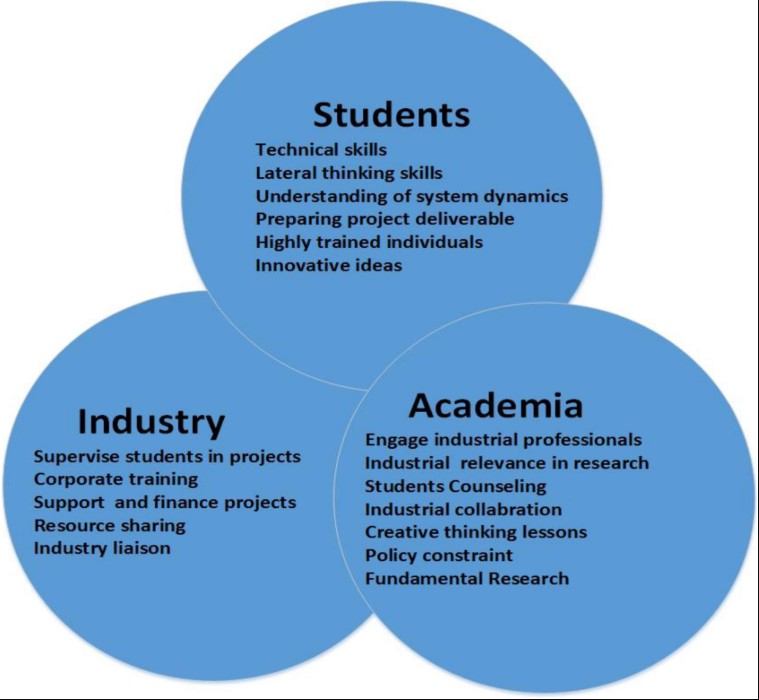7667766266
enquiry@shankarias.in
Mains: GS II – Issues Relating to Development and Management of Social Sector - Human Resource
Recently India is seeing a large number of jobless graduates and there is an urgent need for collaboration between academia and industry to enhance graduate employability and bridge the skills gap.

yu zhang 8 days
The article highlights the critical need for academia-industry collaboration to address India's employability crisis. Practical learning, adaptability, and mutual partnerships are key solutions. On a different note, experience the thrill of motorcycle stunts with Soflo Wheelie Life .